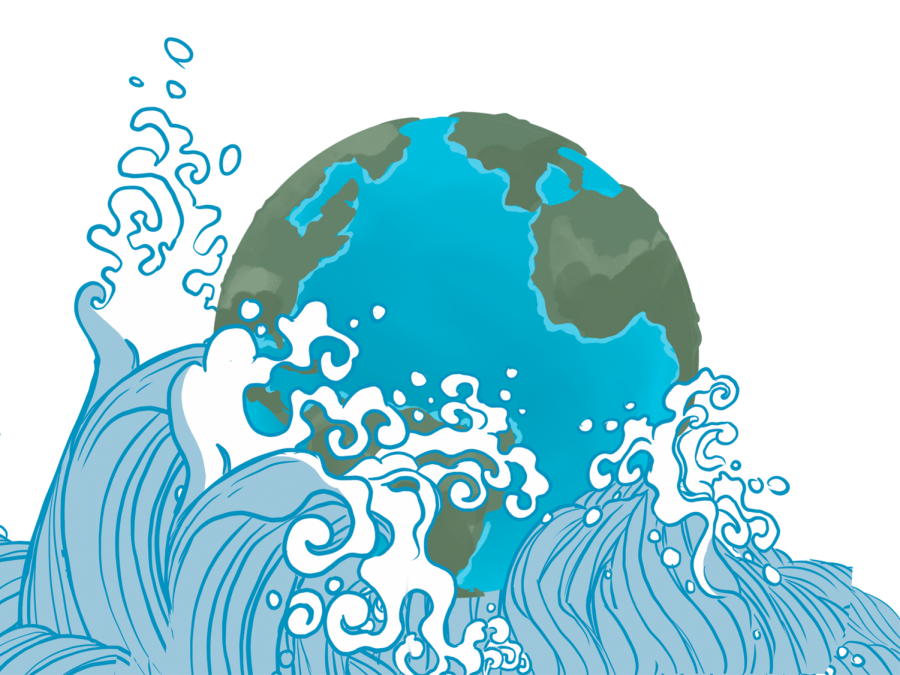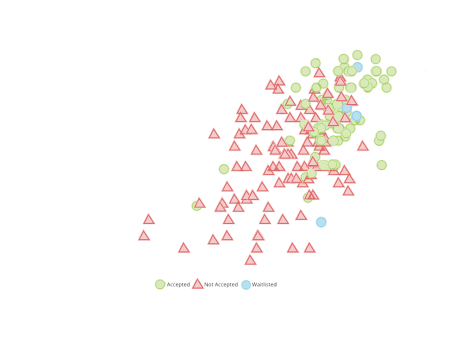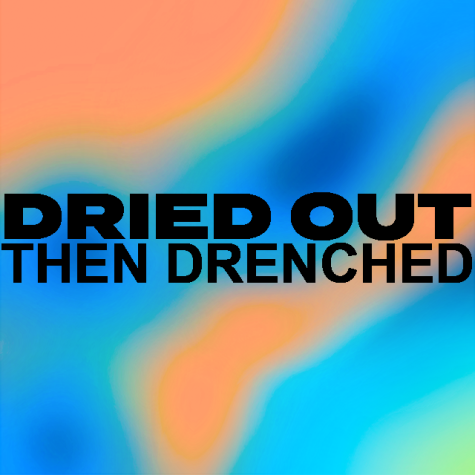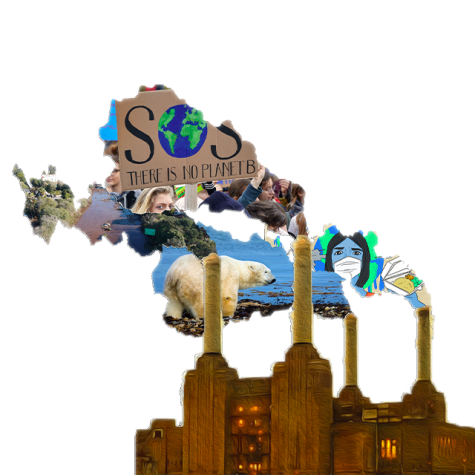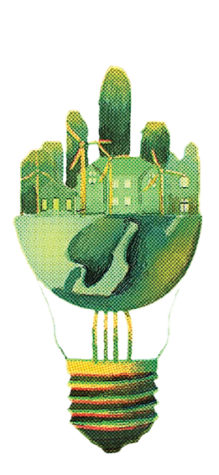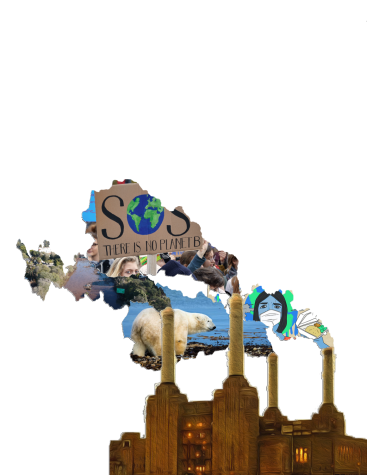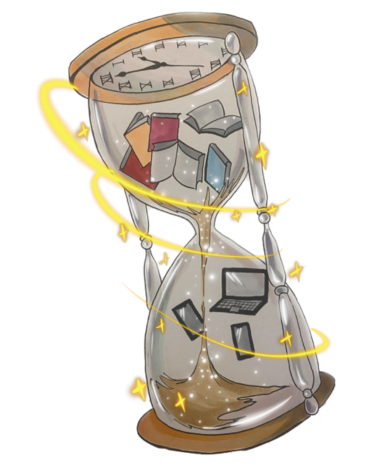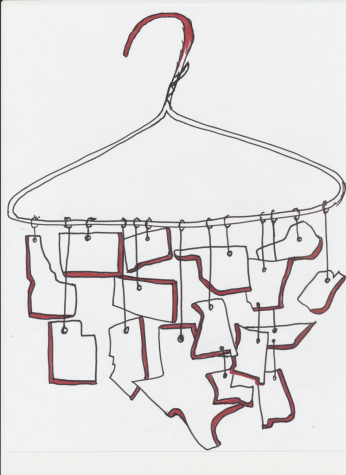Global Warning
The link between climate change and natural disasters is increasingly apparent; in the coastal community of Santa Barbara, the immediate effects of climate change are even more visible.
The link between climate change and natural disasters is increasingly apparent
November 17, 2021
Climate change is a topic of increasing urgency as concerns grow over the immediate effects of humans’ impact on the environment. The back-to-back natural disasters popping up seemingly all over both the country and the world are the most immediate foreseeable manifestations of climate change.
Although there are correlations between an increase in climate change and an increase in natural disasters, some argue that there is not an abundance of concrete evidence in terms of which aspects of climate change lead to which natural disasters.
“The link between climate change and natural disasters is a difficult connection to make,” AP Environmental Science teacher Erik Faust said. “Our understanding of climate change is based on modeling using new data gathered from a variety of sources, like the fossil record, ice core samples, etc. So, we can make assumptions about what will happen when climate change occurs, but our models are incomplete at best.”
This lack of consensus in regards to climate change and natural disasters further encourages the doubts some hold against the belief that human caused global warming exists at all.
“That being said, many people have referred to climate change/ global warming under a new phraseology of ‘global weirding’ precisely to describe how fairly predictable weather patterns will con tinue to act more unpredictable in the future,” Faust said.
“What climate scientists generally agree on, though, is the fact that weather tends to be more severe in certain areas than in the past.”
Climate disasters are something familiar to residents of Santa Barbara as just a few years ago the Thom fires and Montecito mudslides devastated the community.
“In Santa Barbara we likely con sider three types of natural disasters to be of the biggest concern,” Faust said.
“Flooding from storms, wildfires, and earthquakes. So, likely we will continue to suffer from faster moving, more numerous, and more severe wildfires as well as the residual effects from wildfires like those we saw during the Montecito debris flow. Rising sea levels will contribute to a higher likelihood of flooding during storms as well as the continued threat of seawater intrusion into freshwater sources as well as sewerage systems.”
CoEnvironmental Club leader senior Phoebe Ray said, “As the global temperature rises, as ocean temperatures rise, hurricanes in crease and when the overall global temperature increases, that can make places more dry and more prone to fires and especially in California where we are in a drought—it’s just making it worse because we are already in such a dry climate.”
In the American West, climate change is leading to a climate crisis with an increase in the number of wildfires, as well as their size and intensity.
An earlier time for snow melting due to a rise in temperature and increased evapotranspiration or warming results in more abundant wet seasons and hotter dry seasons; these extremes do not bode well for the overall health of the environment as they can erode and wipe out species of plants and animals, leaving a lack of biodiversity.
There is a new term—“megafires”— to account for the catastrophic intensity of this new wave of fires. Aside from the effects these “natural” disasters cause in human lives, they also hurt wildlife who are driven out of their habitat due to human activities.
New data shows that rising temperatures can heighten earthquakes’ impact. This research, “proposed increased drought levels lead to lower tectonic weights and greater isostatic uplift and this could put increased pressure on tectonic plates and trigger significant earthquakes,” Faust said.
It looks as if Earth’s climate is bursting at the seams. But what does all of this mean for human life and, specifically, residents of sea side Santa Barbara?
While, in part, natural disasters are out of humans’ control, what people can do is attempt to live more sustainably—that is, using finite resources responsibly and opting for the regenerable option in terms of resources.
“In California especially, it is important to monitor how much water you are using, especially as a household,” Phoebe said.
“The best ways to do this are to reduce the amount of laundry you do and the amount of showers and baths you’re taking, how long you’re taking them for, and especially landscaping—if you’re spending a lot of water on growing grass, you have to think about if that really matters. Not only is it going to increase your water bill, but it’s also going to worsen the drought that we’re already in.”
The main contributors to global warming are greenhouse gases— especially carbon dioxide. Each person has a carbon footprint that accounts for the carbon emissions one uses in relation to mode of transportation, food consumption, and household services.
There are ways that people can reduce their carbon footprint, such as driving electric cars or taking public transportation, reducing or eliminating meat consumption, and limiting use of energy intensive household services.
“The first step people should take to become more aware of their carbon footprint is to look at climate science as a practice without an agenda,” Faust said.
“Climate scientists do not have a political agenda in carrying out their science, and so when climate scientists speak we should listen.”
Environmental and climate scientists simply carry out the research and other work necessary to learn more about our natural world and humans’ impact on it—they aren’t taking a political “side” in pursuing research.
“Second, people need to demand a political system that considers the long term costs of ignoring climate change,” Faust said.
“The world will be fine whether the climate changes or stays static–many species will die, sure, but that’s happened before and the Earth has ‘survived.’
“However, our modern civilization has only existed for a very brief window of time in a relatively stable climate and so much of what we have built is vulnerable to the changes that climate change will likely bring about.”
While the short term solutions that deteriorate the environment may seem “cost effective,” the long term figurative cost to our environment and the literal higher cost of repairing extreme damages will be worse.
“Third, every person should receive a foundational education in earth science,” Faust said.
“Information is the only thing that will allow us to understand what our ecological footprint is and how untenable our current lifestyles are.”



